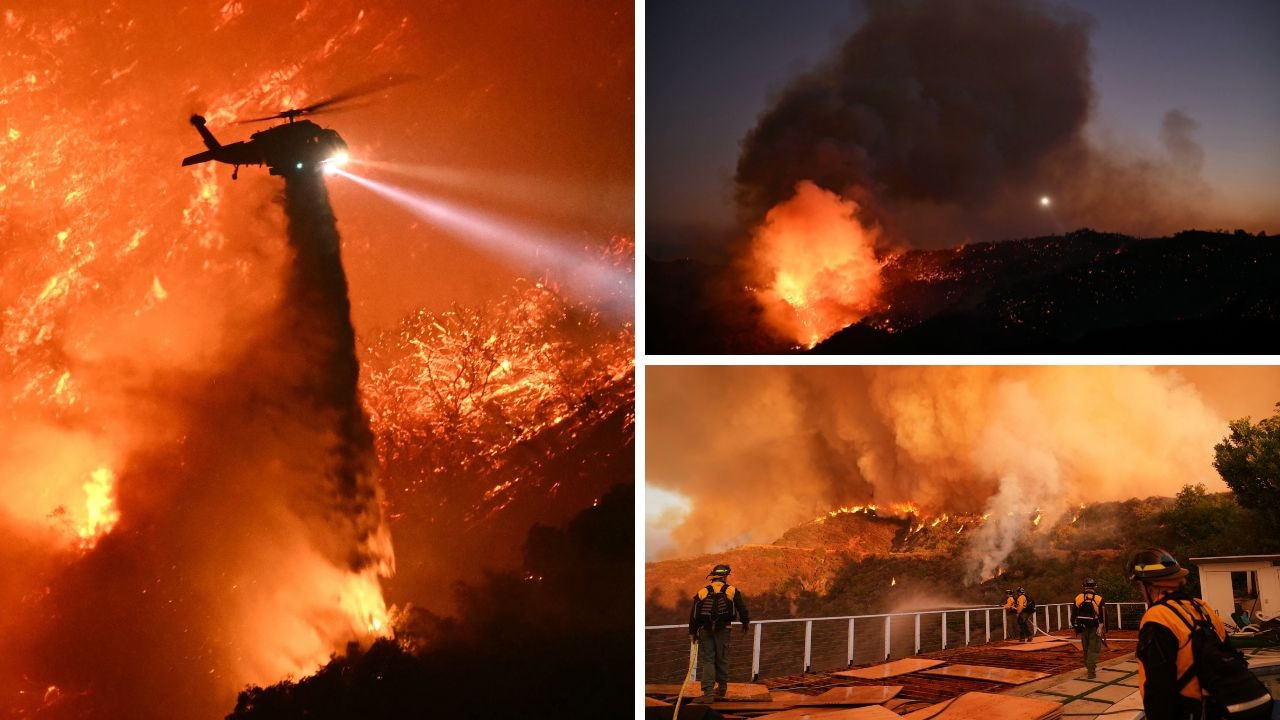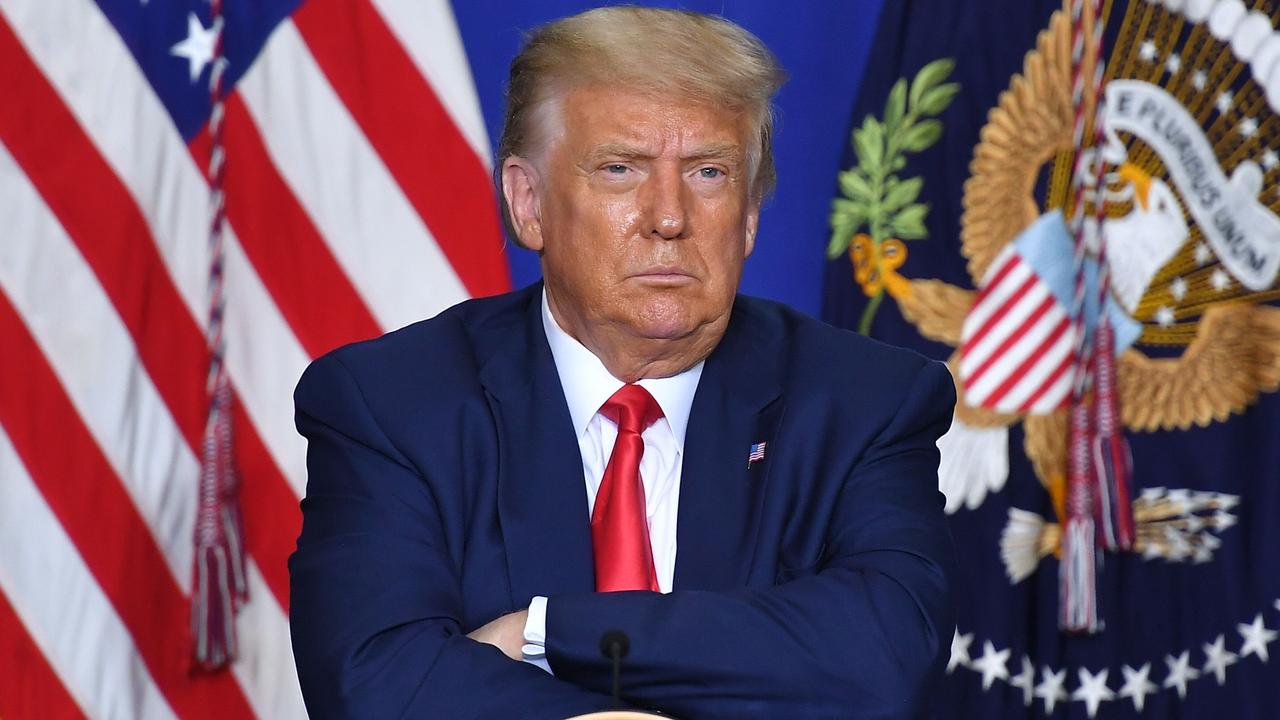What will happen if nuclear war breaks out?
As the Russian President says he’s placing nuclear forces on high alert, we ask a defence expert how an atomic attack would actually play out.

World
Don't miss out on the headlines from World. Followed categories will be added to My News.
As Russian forces continue with their invasion of Ukraine, fears are growing of the threat of the conflict escalating to nuclear warfare.
On Monday, Russian President Vladimir Putin said his country’s nuclear “deterrence forces” would be placed on high alert, with the announcement sending governments around the world into panic mode.
Although it’s not the first time nuclear weapons have been used as a threat by Mr Putin, the country does have the world’s largest inventory of nuclear warheads.
According to the Federation of American Scientists, Russia has 5977 nuclear warheads, with around 1588 strategic warheads which could be deployed through a ballistic missile.
Stream the latest news on the escalating tensions between Russia and Ukraine live & on demand on Flash. 25+ news channels in 1 place. New to Flash? Try 1 month free. Offer ends 31 October, 2022 >
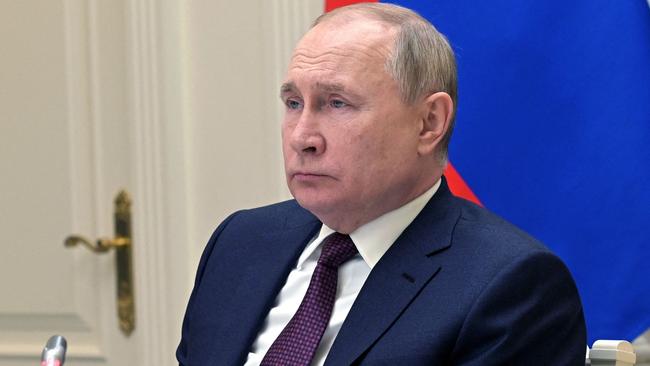
Speaking on the I’ve Got News For You podcast, a strategic and defence studies expert from the Australian National University, Professor Stephan Fruehling, shared insight into how the outbreak of nuclear warfare might look.
What could a nuclear attack look like?
Should a nuclear weapon be deployed, the scale of its devastation would be determined by the size of the warhead itself, said Prof Fruehling.
In theory, he said very small tactical nuclear weapons could also be used as a “demonstration strike” which may “only flatten a few trees”.
“It’s quite feasible to imagine a credible and deliberate use of nuclear weapons in a way that doesn’t kill anybody and deliberately doesn’t kill anybody,” he said.
“In many ways, that would actually make a lot of sense.”
There is, however, a degree of uncertainty as to how nuclear warfare could play out. Historically, the only time a nuclear weapon has been used in conflict was in August 1945 when the United States dropped atomic bombs on the Japanese cities of Hiroshima and Nagasaki during World War II.
Despite this, he also acknowledged the widescale devastation which could be caused in the advent of a large nuclear attack, especially if it was aimed at a major developed city.
Citing casualties in the tens of thousands, the initial blast has the potential to level reinforced concrete buildings, while the gamma rays could cause radiation sickness and fatal thermal and beta burns.
There is also potential for fires and firestorms which can result due to the intense light and heat from an explosion.
Factors like the wind and local weather conditions at the time of attack can also increase the long-term environmental damage that a blast may cause.
“There’s no doubt that any large-scale nuclear weapons use would be quite catastrophic,” he said.
“The environmental consequences really depend on the way the weapon was used and the local weather conditions.
“If you have a nuclear weapon that’s exploded on the ground, you’re looking at a very significant fallout plume and local contamination, which is essentially dangerous because of the radiotoxicity and contaminating water supplies and food chains.”
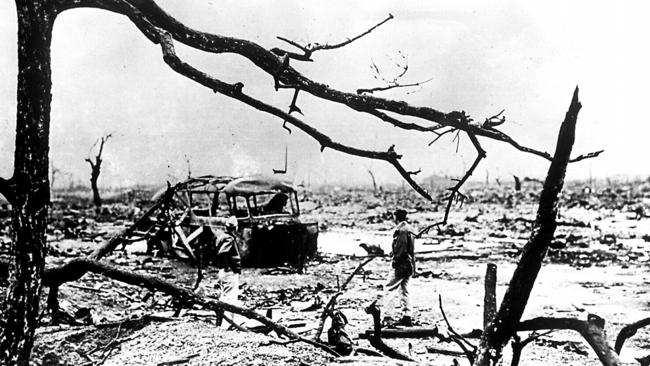
Is Russia likely to deploy nuclear weapons?
While these questions anxiously plague the world right now, ultimately Prof Fruehling doesn’t think Russia will use nuclear weapons against Ukraine. Looking at Russia’s military history, the academic says an escalation to nuclear warfare would seem abrupt.
“They are fighting if you like, with one hand behind their back,” he said.
Using this kind of a “very large-scale, indiscriminate violence” would also run counter to Mr Putin’s ultimate goal that would see Ukraine return “to the Russian homeland,” he said.
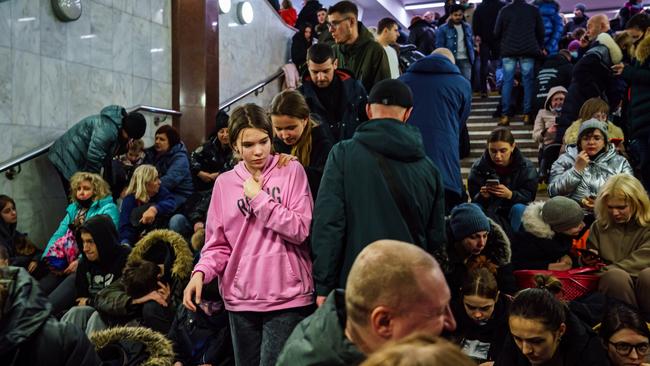
“The Russian operation seems to have been operating on the assumption that the Ukrainians would kind of welcome the Russian army as liberators, which Putin has often talked about, but obviously doesn’t match reality,” Prof Fruehling said.
Historically, Mr Putin also has a pattern of raising Russia’s nuclear alert level as a way of “political signalling” amid a conflict. It’s something he did during the 2014 conflict which saw Russia annexe Crimea from Ukraine.
“That doesn’t necessarily mean that they are looking to use nuclear weapons or [are] getting closer to using nuclear weapons,” Prof Fruehling said.
“A lot of this has to do with regaining the political narrative in a situation where things don’t actually seem to be going the way that Russia [intends].”
A similar sentiment was echoed by White House press secretary Jen Psaki. In a press briefing Ms Psaki said Mr Putin had a pattern of manufacturing threats “to justify further aggression”.
“The global community and American people should look at it through that prism. We’ve seen him do this time and time again,” she said.
“This is all a pattern from President Putin and we’re going to stand up … we have the ability to defend ourselves but we also need to call out what we’re seeing here.”
Originally published as What will happen if nuclear war breaks out?




